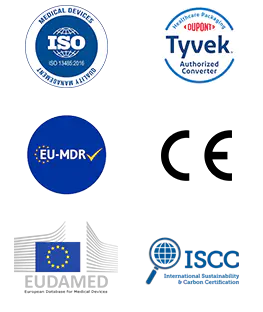Content
1. Raw materials and production: strict screening of medical-grade wood pulp
- Raw material standards and preparation process
Medical crepe paper uses pure wood pulp as the main raw material and must meet the following requirements:
Fiber length control: Use coniferous wood pulp (such as pine) and hardwood wood pulp to mix, and control the fiber length ratio at 3:1 to ensure the balance between paper strength and softness.
No additive pollution: It is prohibited to use chemical additives such as fluorescent brighteners and plasticizers to avoid reactions with medical devices.
Special pulping process: Through low-concentration pulping (concentration ≤4.5%) and graded fine grinding, the fibers are divided and broomed to form a porous and breathable structure (aperture deviation ≤±15%).
- Wrinkle forming technology
High-temperature wrinkling: The paper web is wrinkled by a scraper at 150-180℃ to form a uniform wrinkle structure and increase the elongation (longitudinal ≥12%, transverse ≥8%).
Online detection: Laser sensors are used to monitor gram weight (60±2g/m²) and air permeability (≥50μm/Pa·s) in real time to ensure batch consistency.
2. Sterilization adaptability: Core design compatible with multiple sterilization methods
Ethylene oxide (EO) sterilization
Micropore penetration: The porous structure of the crepe paper allows EO gas to penetrate quickly, and the residual amount after sterilization is ≤4μg/cm².
Bacterial barrier: According to ISO 11607 test, the barrier efficiency of Bacillus subtilis black variant is ≥99.9%.
High-pressure steam sterilization
Wet heat stability: After 5 cycles of 121℃/30min, the paper has no delamination and the peel strength is ≥1.5N/cm.
Anti-condensation design: The wrinkled structure can absorb condensed water to prevent the instrument from getting wet (water absorption ≤20g/m²·60s).
Other sterilization methods
Gamma ray irradiation: Under an irradiation dose of 25kGy, the tensile strength retention rate is ≥80%.
Hydrogen peroxide plasma: Compatibility testing shows no material degradation.
3. Key nodes in the supply chain
Medical device production end
Packaging automation: Crepe paper can be die-cut into specific shapes and adapted to automatic packaging lines (such as surgical instrument package folding machines), with an efficiency of 200 packages/minute.
Cost optimization: Compared with non-woven fabrics, crepe paper costs 30% less and can be directly incinerated after sterilization (ash content ≤0.5%).
Hospital Sterilization Supply Center (CSSD)
Standardized operation: Double-layer packaging according to WS 310.3 specifications, inner layer crepe paper + outer layer non-woven fabric, extending the sterile shelf life to 6 months.
Traceability management: Some crepe papers are pre-printed with sterilization indicator labels (such as color-changing ink) to visualize the sterilization process.
Clinical use scenarios
Operating room: used for instrument tray packaging, tear strength ≥ 400mN, to avoid damage during surgery.
Dental clinic: single-sheet packaging of small instruments (such as needles), easy opening to improve medical care efficiency.
4.Medical crepe paper FAQ (Frequently Asked Questions)
What is medical crepe paper?
Medical crepe paper is a special paper specially used for sterile packaging of medical devices. It is made of pure wood pulp and has a porous breathable structure. It is suitable for a variety of sterilization methods such as steam, ethylene oxide (EO), and gamma rays. Its core function is to provide a microbial barrier to ensure that the device remains sterile during transportation and storage.
What are the advantages compared with cotton cloth packaging?
Stronger antibacterial property: crepe paper has a smaller pore size and a microbial barrier efficiency of ≥99.9%, while cotton cloth is easy to lose fibers and become a bacterial carrier.
Better sterilization penetration: The porous structure allows 100% penetration of sterilizing agents (such as steam, EO), avoiding the "wet bag" problem.
Environmental protection: disposable use, ash content ≤0.5% after incineration, while cotton cloth needs to be repeatedly washed and has high energy consumption.
Can crepe paper be recycled?
Not recyclable. Although it is made of wood pulp, chemical substances may remain after sterilization and need to be treated as medical waste.
Does it contain toxic substances?
Qualified products must pass the GB/T 24992 arsenic content test and have no desquamation or odor.

 English
English Français
Français Deutsch
Deutsch Nederlands
Nederlands

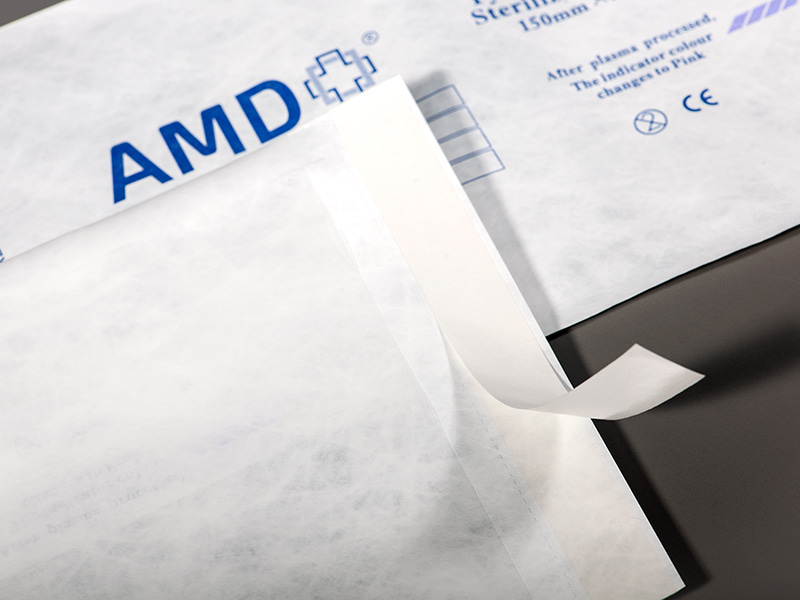
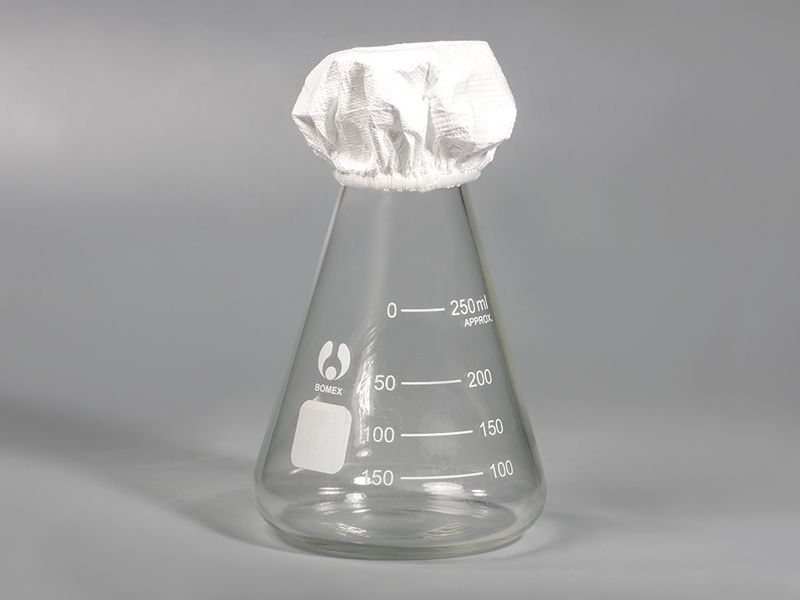



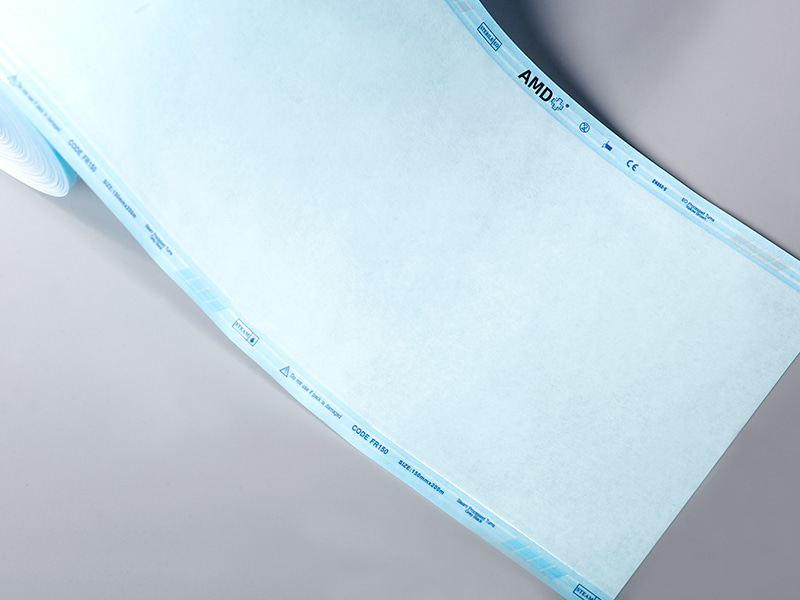
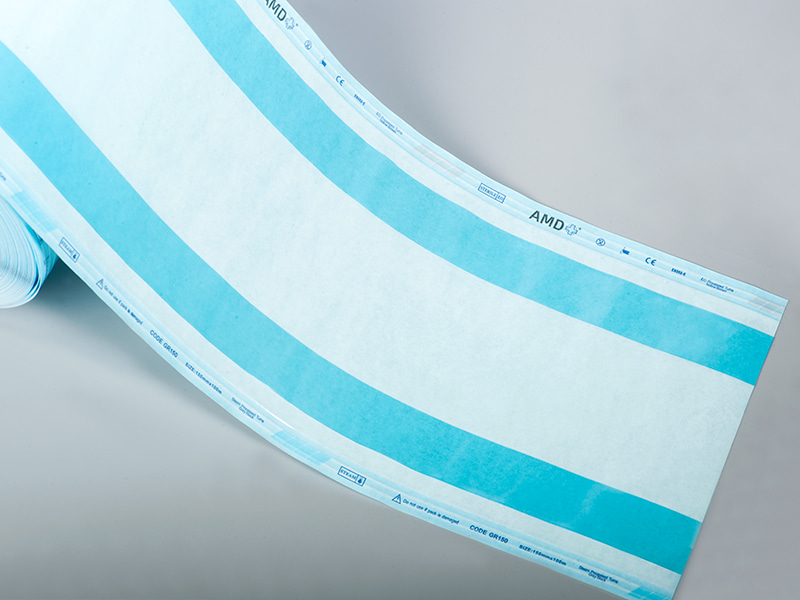





 ‘s-Gravenweg 542, 3065SG RotterdamThe Netherlands
‘s-Gravenweg 542, 3065SG RotterdamThe Netherlands
 +31 (0)10 254 28 08
+31 (0)10 254 28 08
